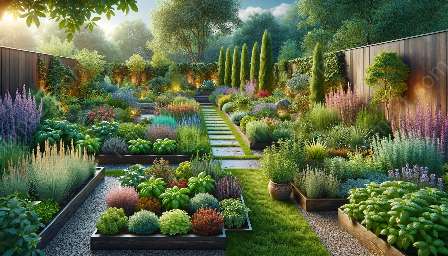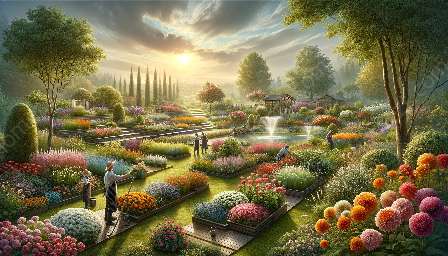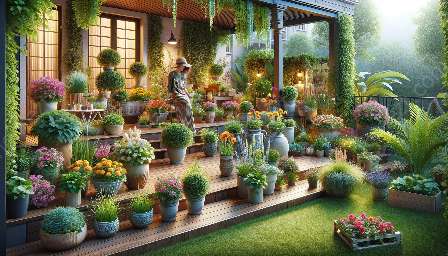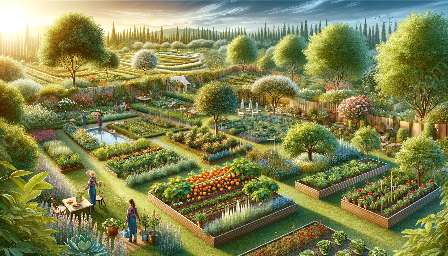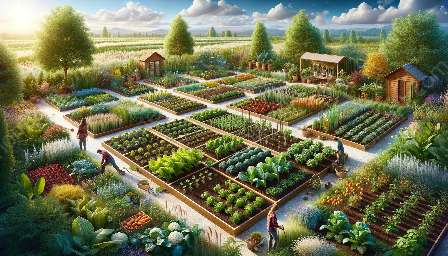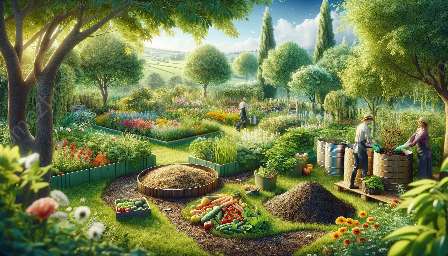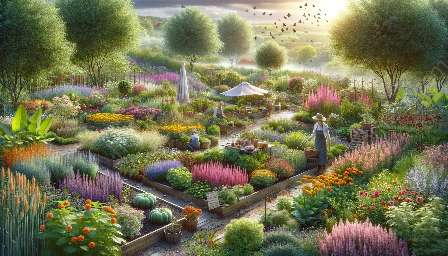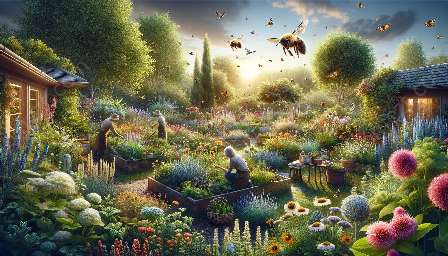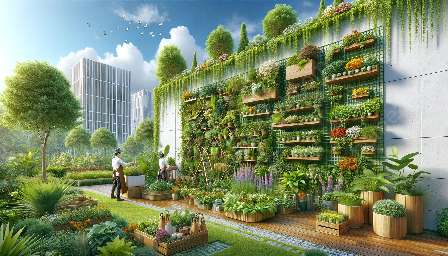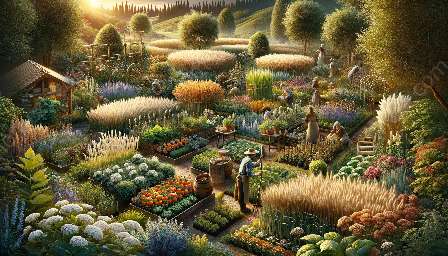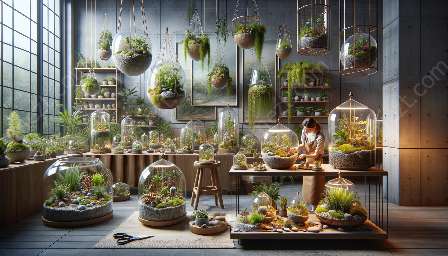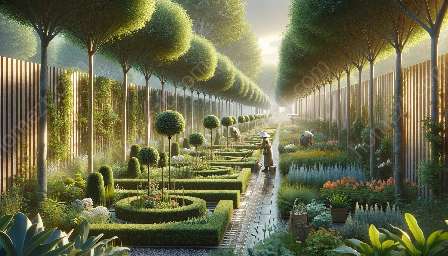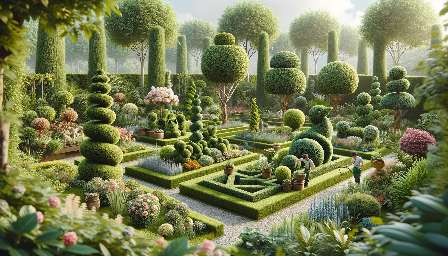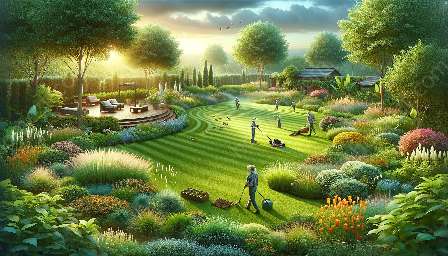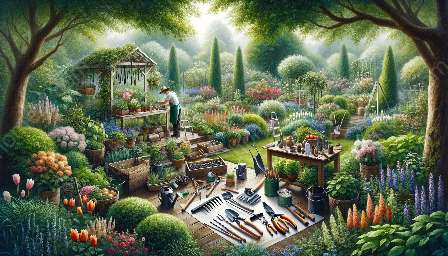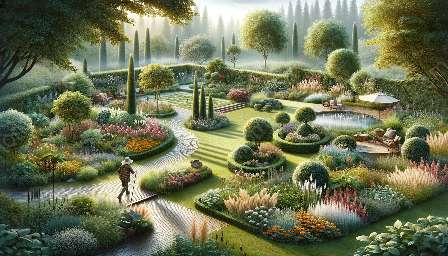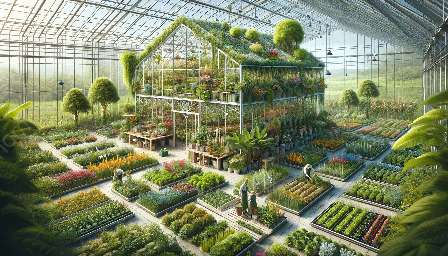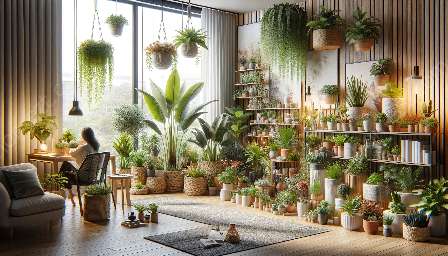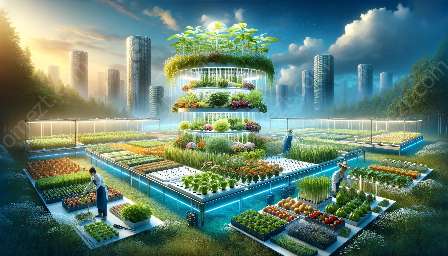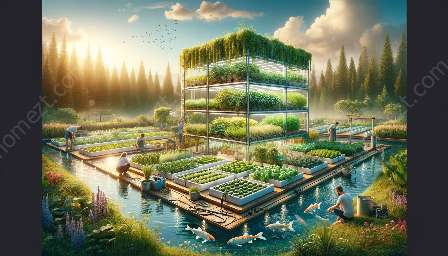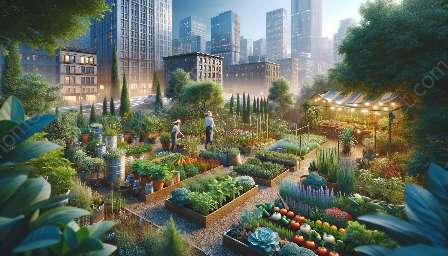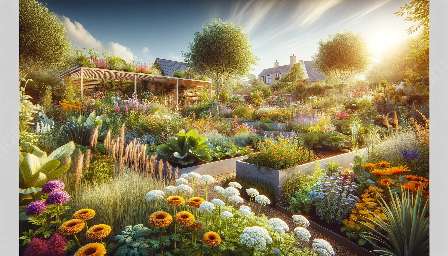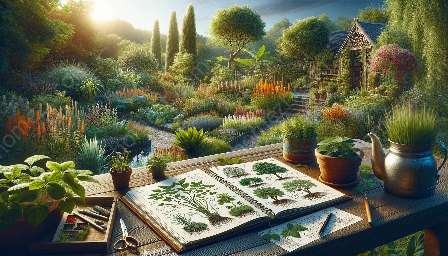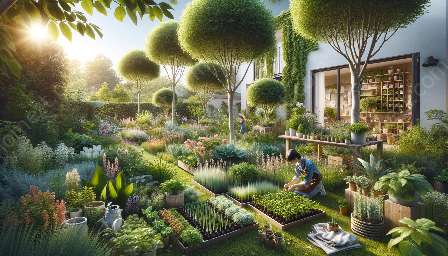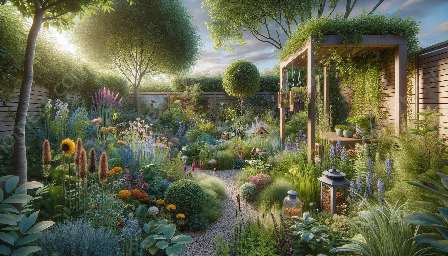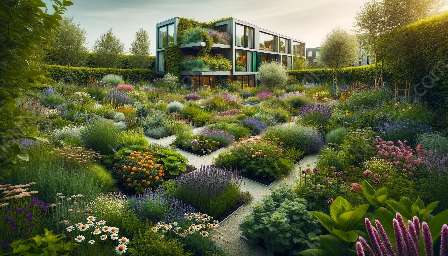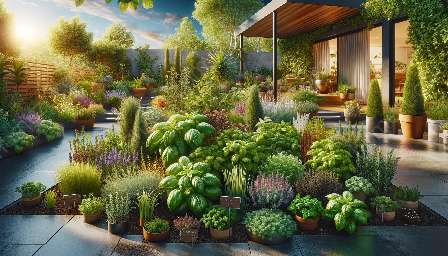Welcome to the wonderful world of greenhouse gardening! Greenhouses offer a controlled environment where you can grow a wide variety of plants and enjoy gardening all year round. In this comprehensive guide, we will delve into the art of greenhouse gardening, explore the benefits of companion planting, and learn how to create a harmonious and productive green space.
Greenhouse Gardening
Greenhouse gardening involves growing plants in a controlled environment, allowing you to extend the growing season, protect delicate plants from harsh weather conditions, and create an ideal microclimate for a wide range of crops. Whether you are a beginner or an experienced gardener, greenhouse gardening provides a unique opportunity to cultivate a diverse array of plants and experiment with different growing techniques.
Benefits of Greenhouse Gardening
1. Extended Growing Season: With a greenhouse, you can start planting earlier in the spring and continue harvesting well into the fall, effectively extending the growing season and maximizing your yield.
2. Protection from Harsh Weather: Greenhouses provide a shield from extreme weather elements such as frost, excessive heat, heavy rain, and strong winds, allowing your plants to thrive in a stable and protected environment.
3. Ideal Microclimate: By controlling factors like temperature, humidity, and light exposure, you can create an optimal microclimate tailored to the specific needs of your plants, resulting in healthier growth and increased productivity.
Essential Elements of Greenhouse Gardening
To create a successful greenhouse garden, there are several essential elements to consider:
- Location and Orientation: Choose a location with ample sunlight and good drainage, and orient your greenhouse to make the most of natural light throughout the day.
- Climate Control: Install appropriate ventilation, heating, and cooling systems to regulate temperature and humidity levels inside the greenhouse.
- Irrigation and Watering: Implement a reliable watering system, such as drip irrigation or soaker hoses, to ensure consistent moisture for your plants.
- Shelving and Benches: Utilize shelving and benches to optimize space and organize plants efficiently, making the most of the available growing area.
Companion Planting in Greenhouse Gardening
Companion planting is a gardening technique where different plants are grown together to benefit each other in various ways, such as repelling pests, enhancing flavor, and increasing pollination. When implemented in greenhouse gardening, companion planting can play a crucial role in promoting plant health, improving yield, and creating a balanced ecosystem within the confined space of a greenhouse.
Benefits of Companion Planting
1. Pest Control: Certain plant combinations naturally repel pests, reducing the need for chemical pesticides and creating a healthier, more sustainable environment.
2. Soil Health: Some companion plants can enhance soil fertility, fix nitrogen, or suppress weeds, contributing to the overall health and vitality of the greenhouse garden.
3. Biodiversity: By diversifying plant species within the greenhouse, companion planting can attract beneficial insects, improve pollination, and create a more resilient ecosystem.
Implementing Companion Planting in Greenhouse Gardening
When incorporating companion planting into your greenhouse garden, consider the following tips:
- Research and Planning: Explore plant compatibility and the benefits of different companions to create well-balanced pairings that support each other's growth.
- Variety and Succession Planting: Integrate a diverse range of plant species and plan for succession planting to maximize the use of space and encourage symbiotic relationships.
- Beneficial Combinations: Pair plants that complement each other, such as marigolds with tomatoes to deter pests, or basil with peppers to enhance flavor and deter insects.
Gardening & Landscaping Aspects
When incorporating greenhouse gardening and companion planting into your overall gardening and landscaping endeavors, it's important to consider the aesthetic and design aspects of your green space. Choose a harmonious blend of plant varieties, colors, and textures to create an inviting and inspiring environment. Utilize landscaping elements such as pathways, decorative containers, and trellises to enhance the visual appeal and functionality of your greenhouse garden.
Environmental Sustainability
Lastly, embrace environmentally sustainable practices by incorporating organic and natural gardening techniques, recycling materials, and minimizing the use of chemicals to maintain a healthy and balanced ecosystem within your greenhouse garden and surrounding landscape.


